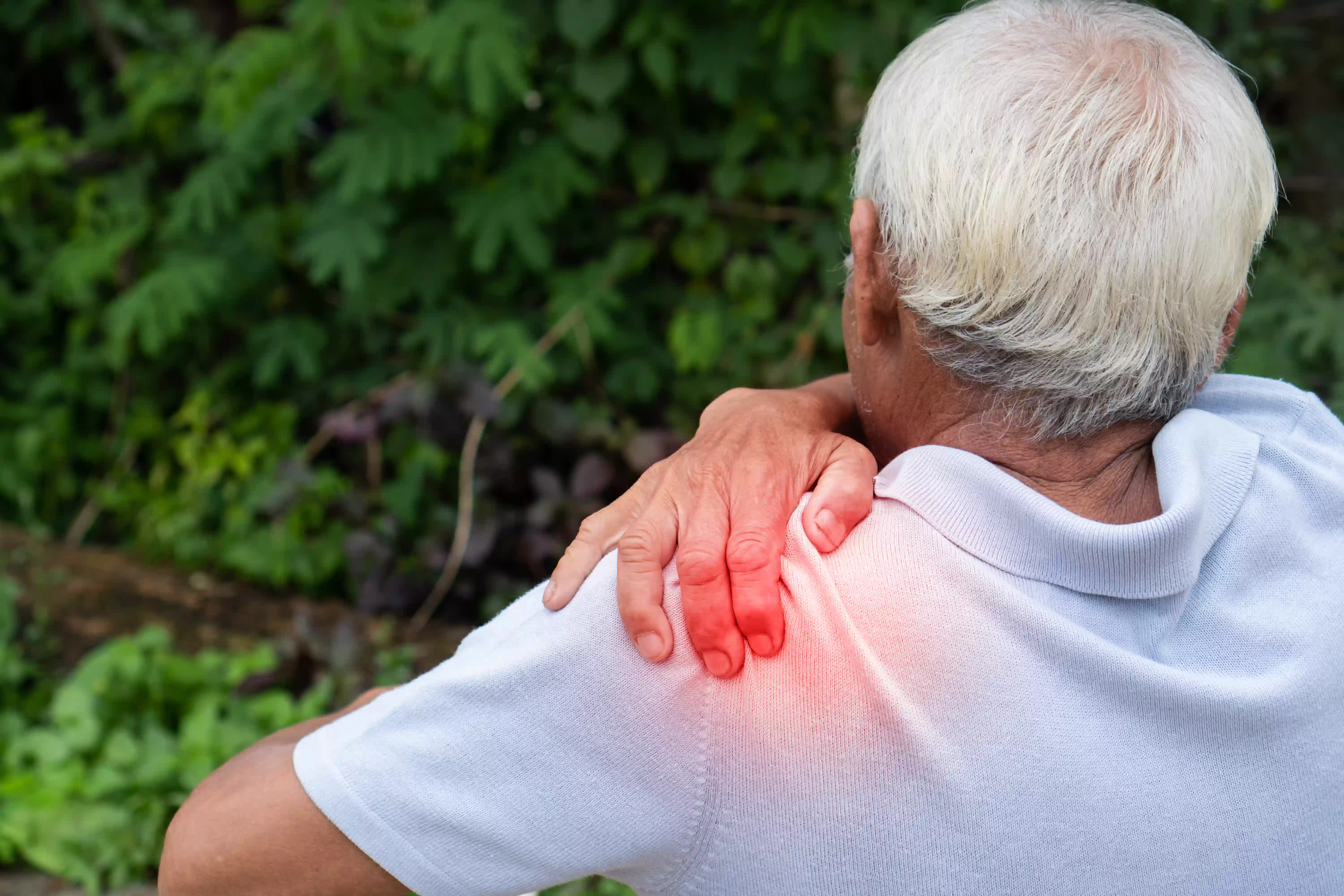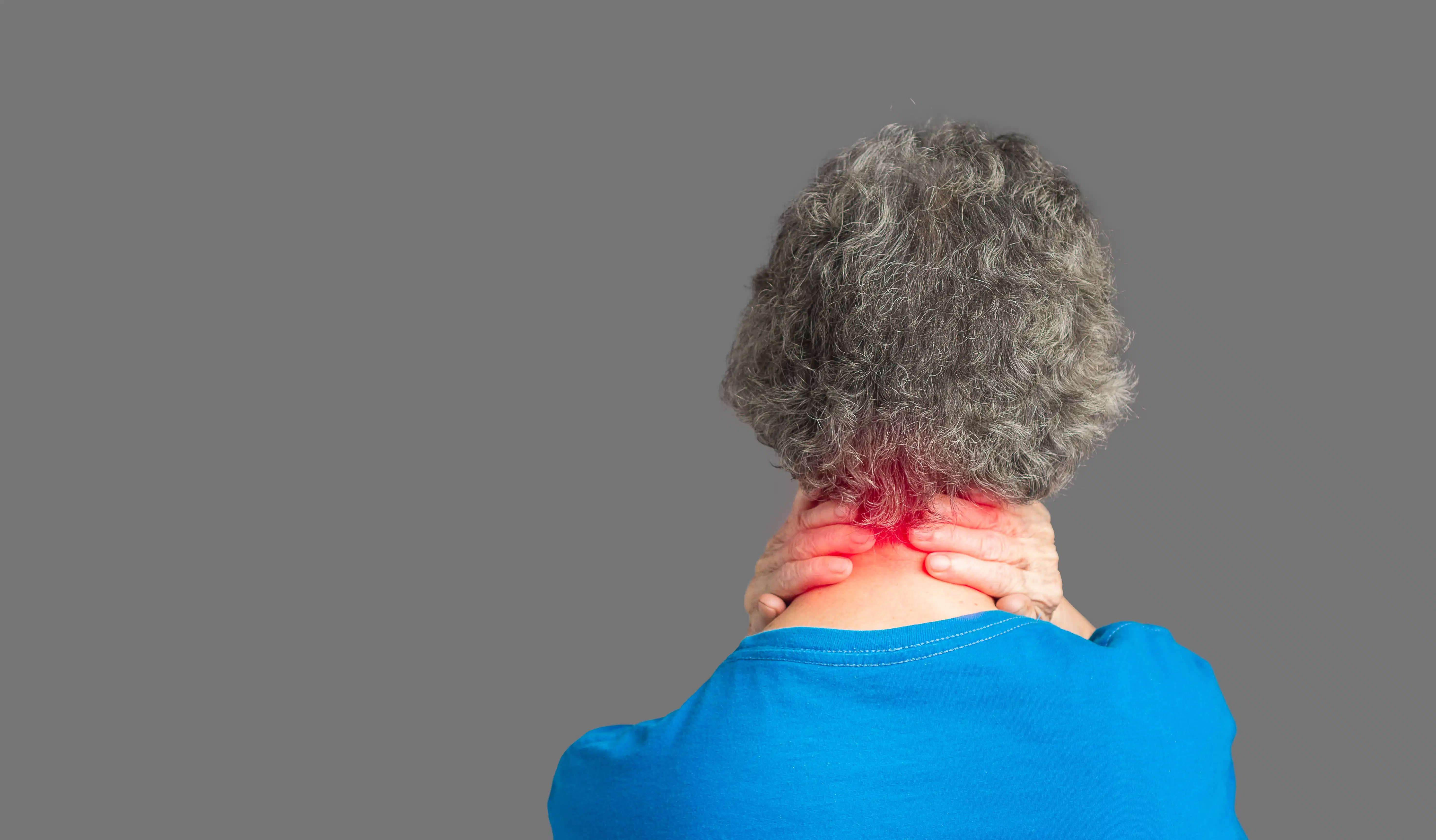
What is Cervical Dystonia?
Cervical dystonia also known as spasmodic torticolis is a painful condition characterised by involuntary contraction of neck muscles resulting in abnormal head movements and postures.Cervical Dystonia can lead to involuntary tilting of the head in either direction.
Cervical Dystonia, a rare disorder, can manifest at any age but is most common in middle-aged women. Gradually, the symptoms start and eventually stabilise without much worsening. The intensity of cervical Dystonia can vary andIn certain situations, it can cause pain and disability. While there is no cure for cervcial dystonia, the symptoms can be managed with appropriate treatment.

Discover Effective Ayurvedic Treatments for Cervical Dystonia in Kerala
Ayurveda uses a distinctive method to manage health issues through Panchakarma and herbal medicine, focusing on eliminating their root causes. Ayurveda provides a comprehensive range of cognitive-enhancing drugs and nervous system tonics, known as Rasayana, for the treatment of Vata disorders. In Ayurveda, Dystonia, a neurodegenerative disease, is treated through the Rasayana or rejuvenative approach. Nutraceutical agents are the main components of Rasayana drugs, and Medhya Rasayana specifically refers to neuro-nutrients or nerve tonics that have a nootropic impact. The use of both internal medications and topical applications of medicines is crucial in treating Dystonia. When it comes to internal medicines, there are several options available, including decoctions, tablets, capsules, medicated ghee, bhasmas, and oils.
In Ayurveda, Cervical Dystonia is similar to a condition called Manya Stambh. Manya Stambh refers to stiffness in the neck area, and Ayurveda suggests that the condition may be caused by the imbalance of Vata. When vata is imbalanced, it can result in twitching, trembling, and spasms.
By addressing the underlying cause and rebalancing the three doshas, Ayurveda provides a holistic treatment for Cervical Dystonia. It’s crucial to consult a licensed practitioner before using Ayurvedic remedies to prevent potential interactions or side effects. Before trying any complementary or alternative therapies, it’s crucial to get guidance from a qualified healthcare provider, as they may not be suitable or effective for all individuals.
Our top priority at Ayur Bethaniya is to offer exceptional care to our patients. We have a team of Ayurveda physicians and advanced technology to offer a complete range of medical services catering to all your healthcare needs. We provide personalised care to ensure each patient receives individual attention, and our caring staff is committed to your comfort and well-being. Trust us to deliver top-notch healthcare services with our strong focus on safety and proven treatment success.
Contact us to get the best Ayurvedic Treatments for Cervical Dystonia in Kerala.
Need to know about the ayurvedic treatment for Parkinson's disease and Migraine?


